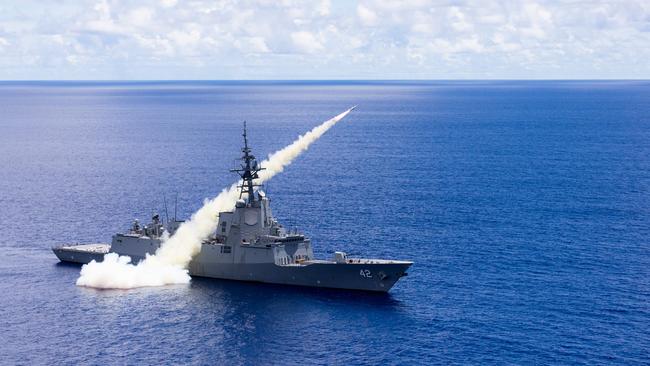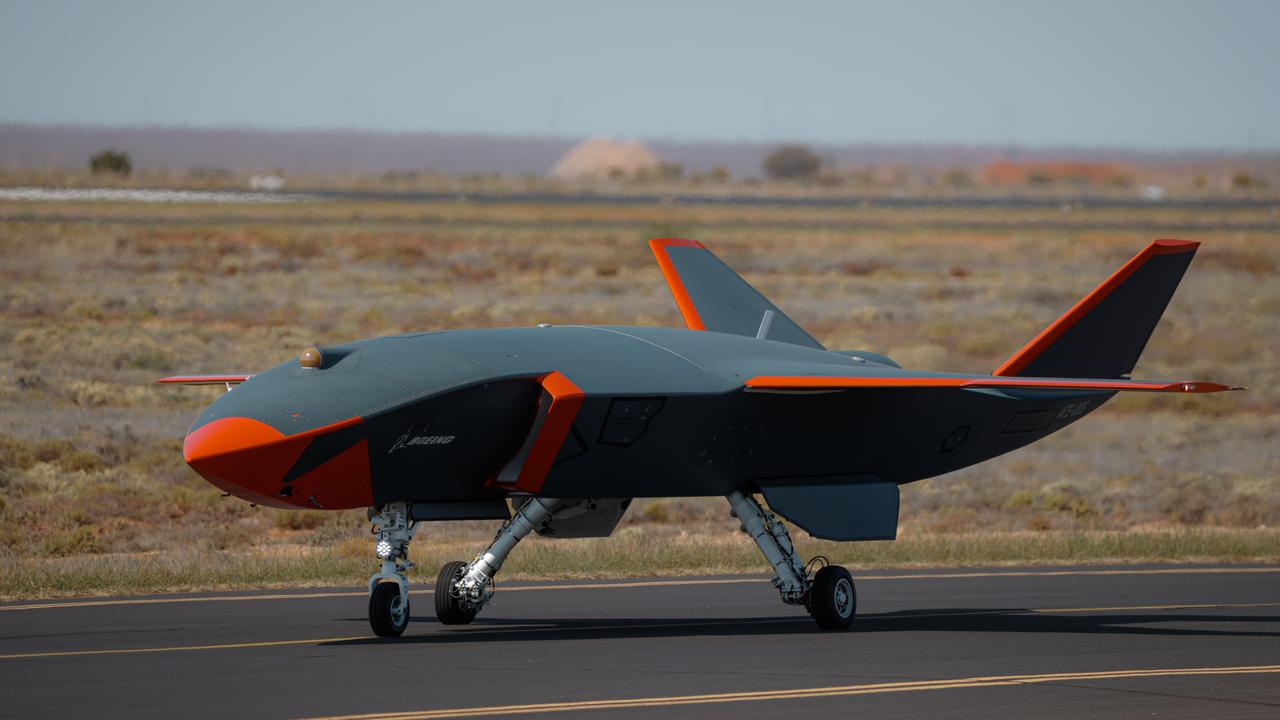Planning well advanced for Air Warfare Destroyer upgrade
While the RAN’s three 7000-tonne Hobart-class Air Warfare Destroyers (AWDs) are still relatively young – launched between 2015 and 2018 – their combat systems are in need of a refresh.

While the RAN’s three 7000-tonne Hobart-class Air Warfare Destroyers (AWDs) are still relatively young – launched between 2015 and 2018 – their combat systems are in need of a refresh.
This is because the current version on the ships is based on the SPY-1/D radar suite that was mandated in 2004 and ordered in 2008. Technology has moved on a lot since then.
Central to improving performance is moving from Aegis Baseline 8 software to Baseline 9, which is essential for ballistic missile defence (BMD). This is because previous generation threats from air breathing targets such as aircraft and cruise missiles had a maximum speed of around Mach 3 – but newer weapons such as China’s DF-21 travel at about ten times that rate before re-entering Earth’s atmosphere.
Tracking and targeting something travelling at those extreme velocities is no easy task but that is what Baseline 9 – the newest version of Aegis – is designed to do.
In the USN inventory it is paired with SM-3 extremely long-range protective missiles that can hit targets well over 1000km away.
The Australian upgrade involves moving to somewhat shorter range – about 250km – but extremely effective SM-6 Block 1 and SM-2 Block IIIC missiles. These will be fired from a 48-cell vertical launch system and as well as having an anti-air capability, can also be used against surface targets.
In addition, the upgrade will allow the more effective use of anti-ship missiles in the form of Tomahawk and the Naval Strike Missile – both of which have been ordered to replace the obsolescent and relatively short-range Harpoon, in service since the late 1970s.
Functionality will also be improved by adding in Saab’s 9LV software as the Australian Tactical Interface (ATI), which will assure commonality with all the RAN’s surface fleet.
Ship designer Navantia is well advanced in planning the changes, which will involve ripping out the entire Combat Information Centre (CIC) and replacing it with new consoles and computing equipment. Similarly, the combat system integrator – and manufacturer of Aegis – Lockheed Martin has been working through their Australian subsidiary to finalise the system design, which has several unique elements, such as the ATI. Formally known as SEA 4000 Phase 6, it has a budget of $949m, of which $232m has been spent, with another $232m earmarked for this financial year.
Almost all of that will be spent in Australia – and during Covid, Lockheed Martin was able to demonstrate the ability to conduct work on Aegis without the direct supervision of either the parent company or the USN.
The timing of the remainder of the project has not yet been confirmed but work on the initial AWD is expected to start in 2026.
Because of the scope of the changes, it might take more than two years for the first ship to be fully upgraded, but thanks to the experience gained should be much faster for the remainder of the class.
In a case of every cloud having a silver lining, when the Attack class submarine program was abruptly cancelled in September 2021, Lockheed Martin Australia – which was also the combat system integrator for that project – was able to seamlessly move 30 of their most experienced engineers onto the AWD.
With that level of expertise, the company first developed a physical replica of the new CIC and have now moved to a virtual reality version that allows RAN personnel to “walk” around it and sit at the new consoles to confirm the functionality of everything.
When completed, the three upgraded AWDs will add greatly to the RAN’s offensive and defensive capabilities.


